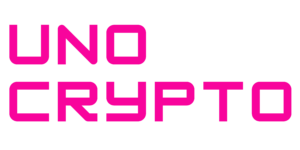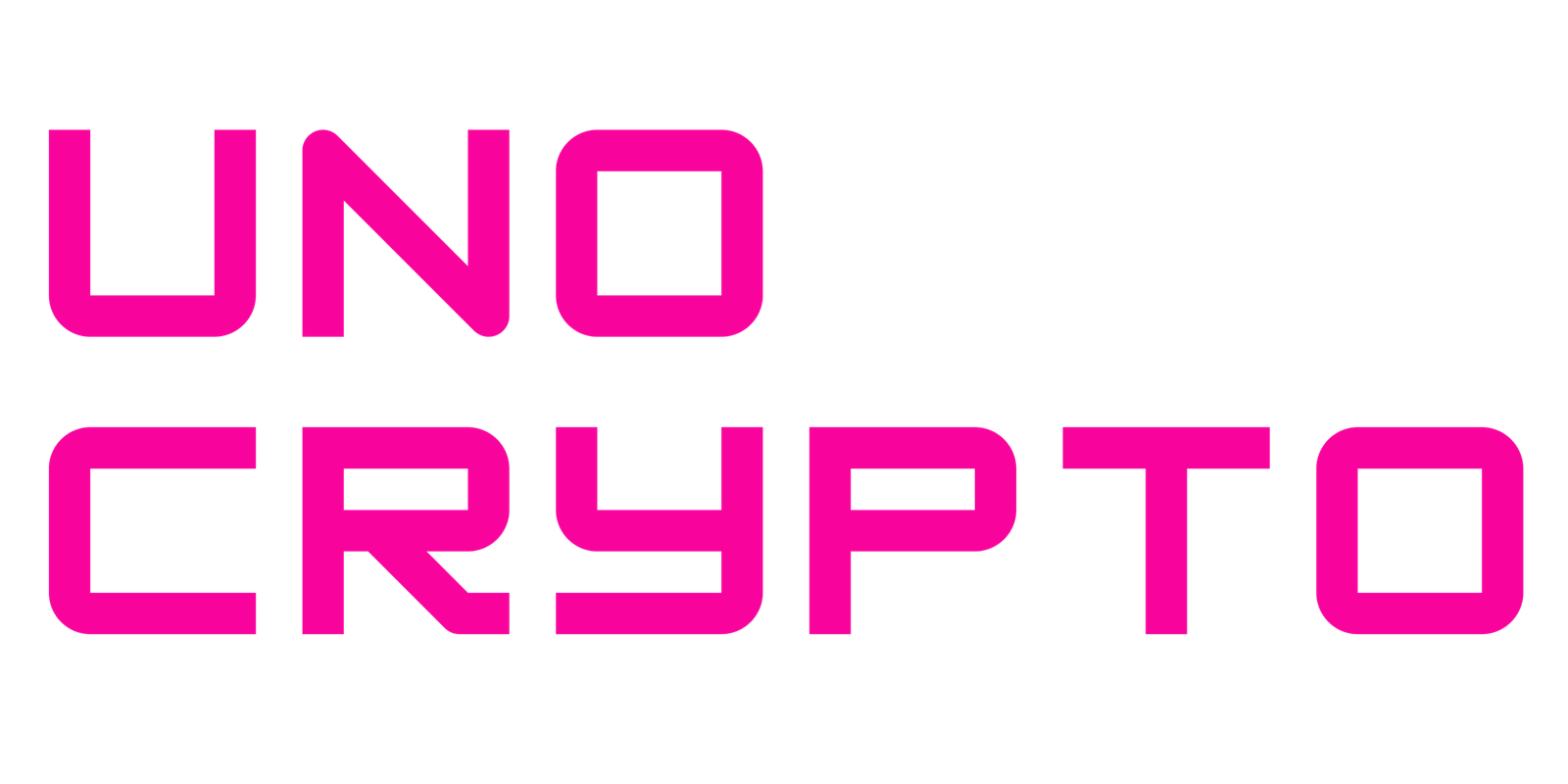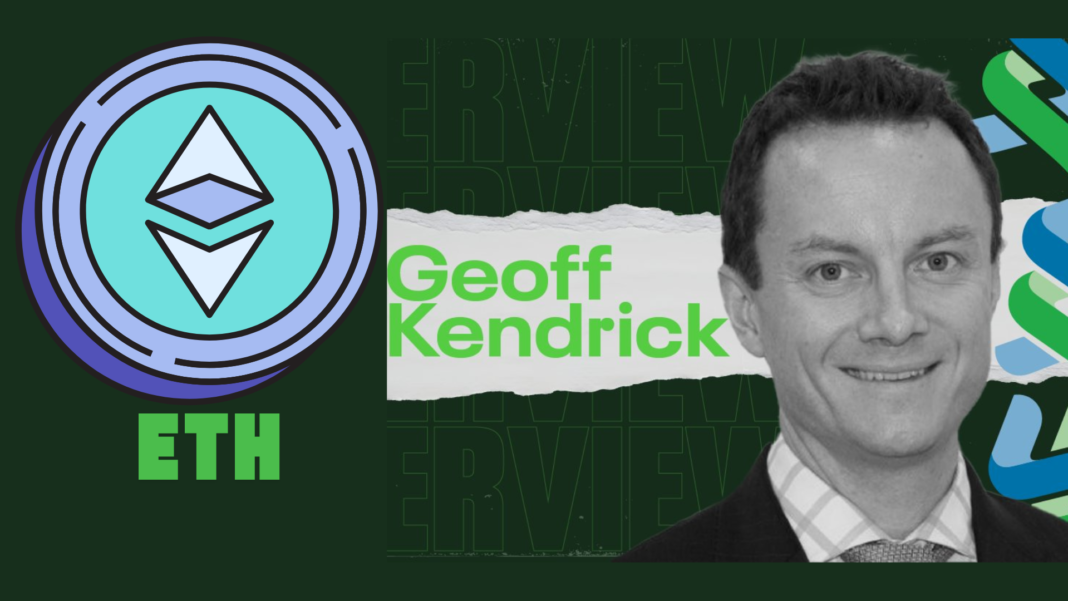Geoff Kendrick, head of digital asset research at Standard Chartered Bank, has described Ethereum’s current state as a “midlife crisis,” highlighting its struggles with underwhelming technical upgrades.
According to a report from the Financial Times, Kendrick pointed out that Ethereum has failed to meet expectations despite multiple upgrades aimed at improving network efficiency and scalability.
These upgrades were intended to enhance Ethereum’s appeal to a broader audience, but their actual impact has been lackluster.
His remarks reflect growing concerns among industry experts about Ethereum’s long-term sustainability and ability to compete in the evolving blockchain space.
Ethereum’s Upgrades Have Shifted Value Away From the Core Network
One of the primary issues Ethereum faces stems from its recent efforts to improve transaction processing by offloading this responsibility to third-party networks, commonly known as Layer 2 solutions.
These solutions, such as Arbitrum and Optimism, process transactions more efficiently by handling them off the main Ethereum blockchain before finalizing them on-chain.
While this has reduced congestion and increased speed, it has also redirected transaction fees away from Ethereum’s core developers, limiting the network’s direct revenue.
Kendrick argues that this approach has inadvertently weakened Ethereum’s financial model by “giving away value for free,” making it harder for the platform to sustain itself without direct economic incentives.
Also Read: Ethereum Holds Support At $1,886–$1,944 As 3M Investors Accumulate 6.12M ETH
Concerns Over Ethereum’s Position in the Competitive Blockchain Market
Kendrick’s critique underscores a broader industry concern that Ethereum may be losing its competitive edge.
The network, once the undisputed leader in decentralized applications (dApps) and smart contracts, is now facing pressure from rival blockchains such as Solana, Avalanche, and Binance Smart Chain, which offer faster and cheaper transactions.
By commoditizing itself through reliance on Layer 2 solutions, Ethereum risks becoming a backend system rather than a primary driver of innovation and profitability in the blockchain space.
The shift could have significant long-term implications, particularly if developers and investors begin migrating to ecosystems that offer more direct financial incentives.
The Future of Ethereum: Can It Overcome These Challenges?
Despite these concerns, Ethereum still maintains a strong developer community and widespread adoption, which could help it navigate these challenges.
Upcoming upgrades, such as the planned Dencun hard fork, aim to make Layer 2 transactions even more cost-effective, potentially increasing overall network activity.
However, if Ethereum does not find a way to capture more of the economic value it generates, it may struggle to maintain its dominance in the crypto market.
Kendrick’s remarks serve as a warning that while Ethereum remains a major player, it must address its current structural issues to secure its future in an increasingly competitive landscape.
Also Read: Centralized Exchanges See Ethereum ($ETH) Holdings Decline to 8.97 Million, Lowest in Nine Years


